Yanjing is the capital city of Zhongguo, surrounding a sleepy volcano which the royal palace is built into. They call this volcano Penglai Shan and they revere the volcano because it is the Seat of Ralgotar the Voclanic who spends long periods hibernating within it. In Zhongguo, Ralgotar is known as Huangdi, their eternal emperor. His Divine Descendants rule Zhongguo amid these hibernations. Penglai Shan is at first surrounded by a steamy lake called Longhu, Dragon Lake, home to the Zhou clan and their Qinglong familiars. Terraced temples and the Zhou palace are built overtop this lake, both the dragons and the Zhou acting as guardians of the imperial palace beyond. The actual city of Yanjing is built around the edges of Longhu and remains one of the largest cities in Emynea.
You might question the wisdom in building a city around the foot of an active volcano, especially as its the seat of a fickle, destructive Aethid! But against expectations, Pengali Shan is usually a gentle giant. Rather than unpredictable, violent eruptions, a gentle and continual ebb and flow is characteristic of Penglai Shan. Those making their home in this unique city have even built an infrastructure and an economy revolving around this continual flow, making this a breathtaking and refined city to visit! |
Capital Of |
|---|
Demography |
|---|
Geography |
The capital of Zhongguo is built to surround the volcano Penglai Shan and the Dragon Lake Longhu. The city is slightly elevated compared to the surrounding area due to previous more violent eruptions. A number of lakes flow in from the northwest, flowing around the outermost edges outside the main wall. Zhongxin Pingyuan spreads out amid Yanjing's borders, the rivers grazing Yanjing continuing east until meeting the sea. Some water flows out from the lake into the city itself with a very mild flow. |
Government |
History |
Usually the Si Xiang are the undisputed rulers of Zhongguo and especially Yanjing. However, in the last twenty years the Kingdom of Accia was successful in securing their surrender. The Si Xiang have been permitted to retain their governance and relative autonomy, a common practice for Accia given their extensive territories, but they ultimately answer to the kingdom. Currently the Azure Dynasty is in control but are uncertain of their fate if Huangdi were to emerge. |
The city itself is incredibly old, many layers of untold eras laying underneath its foundation. There is a hidden black market which has made its home underneath Yanjing, tunneled into the bones of the old capital this city was built over. A disastrous eruption decimated this ancient capital, there is no telling what one might find if they excavate this city frozen in volcanic rock. |
Architecture |
Yangjing has a distinct architecture even amid the traditional Huaren architecture including walled compounds, raised pavilions, basalt columns and panelling, yellow glazed roof tiles, landscaped gardens and precise use of space. While most Huaren cities make extensive use of wood, the volcanic nature of their environment and ample supply of volcanic rock has led citizens of Yanjing to choose basalt as the backbone of their city. These dark but brightly painted structures stack up to multiple levels, creating stepped terraces. Earthen foundations of compacted earth support these imposing structures and make use of underground ceramic sewage pipes.
The Huaren paint the rooves and collumns with bright colors, drastically contrasting the black basalt. Pillars are often vermillion while the glazed roof tiles are usually yellow and decorative features are green (such as brackets under the eaves). The most common type of building has spaced basalt posts which are strengthened by horizontal cross-beams. Due to the materials and to reduce earthquake damage, few nails are used, replaced by joints between basalt parts which interlock using mortises and tenons--all of which give better flexibility for buildings to move! Rooves have their corners gently curving outwards and upwards, protecting the columns and their bases from deterioration from rain exposure. Decorative tiles and figures of the Si Xiang are also frequently added to the ends and ridges of rooves. Smaller, private homes are square, rectangular or oval. The interiors have a hearth and raised surfaces for beds and many had storage pits. Most have several interconnecting rooms which are screened from the outside street by a high wall. Most homes even make use of underfloor pipes, useful for either heating or cooling depending on their proximity to the lava troughs. Either water or lava can be diverted through the pipes to this end. Further cooling could be achieved via rooms which open directly onto the street. |
Defenses |
Sturdy, high walls constructed of basalt blocks surround the capital and gate towers look over each entrance, staffed by soldiers capable of flight. There is also a seemingly empty moat around these walls. Huangdi himself designed these and, while under attack or siege, soldiers can open floodgates which pour out hot lava from a magma chamber underneath the city. This lava is far more volatile than that of Penglai Shan, giving off toxic gases and burning much hotter. |
The palace itself has further defenses. The Zhou clan is committed to defending the royal palace, residing within the stilted palace hovering over the steamy waters of Longhu. As the name suggests, Qinglong make their home within this lake and are the familiars of chosen Zhou warriors. These warriors make terrifying use of Vapri Kaithur including Vapri's Body. Together with their draconic familiars and amid the steamy waters of Longhu, they are apt guardians.
High walls, lava moat and draconic guard dogs aside, the imperial palace itself is nearly impossible to breach. While terraced palaces wind their way up the sides of the mountain, the royal palace itself is built into the maw of the volcano. It is designed to rise and fall with the ebb and flow of lava, remaining on the surface as if floating on water. Only those Divine Descendant possessing Huangdi's blood can live safely within this palac under his divine protection. However, those living within are still dependant on outside supplies, their ultimate weakness an extended siege thanks to their extreme environment. |
Infrastructure |
An impressive array of troughs, similar to aqueducts, guide the lava flow safely over the lake before continuing above the city itself. They catch the lava about halfway down the slope of Penglai Shan. These structures have been constructed of tungsten which has a melting point high enough to withstand the immense heat and have been carefully slanted to maximize the flow speed of the lava and keep it moving. These also act as walls and barriers partitioning the various wards and even protecting wealthier regions of the city from those who cannot withstand the heat.
As the lava continues it's slow journey down this slope, a series of brief but sudden drops occur. Lava cascades over short ridges to maximize the air flow for cooling and also to break up the hard crust which insulates deeper regions. Some of these mechanisms are internal while others cascade along the outside, exposing beautiful yet syrupy lava falls for all to see. There are even special native plants which thrive in the extreme heat of these lava falls, vibrant and cracked black and red framing the falls. The lava also passes through a series of spinning tungsten grates which sift out solid crystals, cooled rocks and precious metals as the lava continues to cool. This continues through given portions of the city, those with Ralgotar, Gokmar, Martor and Ralgot's Kaithur making their living by further sifting valuable materials from the cooled lava or processing the basalt for construction purposes. While this infrastructure carefully guides and cools a continuous lava flow, the portions of the city these structures pass through can still be dangerously hot to the ordinary human. But with careful zoning and city planning, the portions of the city too hot for those without magic resistances have been carefully identified and marked. One would have to be particularly careless to accidentally wander into these scorching streets. |
Districts |
Yanjing possesses a rectangular grid with Penglai Shan at its center. While historic royal palaces of Zhongguo were located in the northernmost portions of a capital city, this tradition was adapted to accommodate the unique heart of this capital—the volcano. The city is laid out with wide avenues and smaller, secondary streets crossing each other at right angles. The entire city is surrounded by sloping walls which are ten meters high, towered gates allowing access.
Many important buildings are aligned to a north-south axis with their main entrances facing south. Buildings are joined by intervening courtyards but aligned on the same axis, one behind the other. Less important buildings are built along the east and west sides of main buildings. Political power is articulated by authority of the inner over the outer. Temples and homes of important individuals are walled on the outside and the first building upon entering the property is more public, where business is conducted, while chambers become increasingly more private further in. Yanjing is constructed honoring the concept of Feng, the magic square or four-sided orthogonal shape. It is divided up into various wards, many of these residential with varying population density. Whole other districts revolve around spiritual centers or commerce. The primary market is located centrally in the east side of the city and is one of the largest wards. An impressive array of food and artisan goods can be found here, one of the largest markets in all of Emynea. Another smaller market is located in the west portion of the city, both markets symetrically places left and right of the volcano. Pagodas are found close to the central lake and near central avenues. The primary gate of the city is the southernmost and opens to the largest, centralized street in the entire city. This avenue is 155 m wide (508 ft). This leads directly to the southernmost edge of the lake. A grandoise bridge arcs over the lake and connects to the lowermost road winding up the volcano and is fastidiously guarded by the Zhou clan. A large temple complex is located directly west of Penglai Shan, containing more than one hundred individual temples. There are a number of different religions throughout Zhongguo and all have been integrated into this complex, even for foreign religions and family shrines. There are smaller temples built throughout the city. On the northernmost region of the city are a number of palaces which house foreign ambassadors, politicians not belonging to the royal families and royal relatives unable to live on Penglai Shan. There are many beautiful gardens and spacious palaces where one can view the full beauty of the city with it's lava flow, steaming lake and grand volcano. These are meant to impress foreign dignitaries and act as a place of relaxation outside the main palace. Government, military and administrative buildings are primarily located in the southern section of the city with a few outliers spread throughout Yanjing. meanwhile, most commercial businesses outside of the two markets are found throughout the residential zones in the east side of the capital. Restaurants, tea shops, inns, brothels, taverns and the like. There are again outliers in other portions of the city and along the primary avenue but the highest concentration is in the east where most citizens reside. There are also two primary districts set aside for processing and storing of volcanic materials gathered from the lava troughs until they can be put to use or shipped out. While these troughs stretch out over the entire city, these facilities are located in the northeast and southwest corners of Yanjing. An artisan wards have sprung up near these, crafting the basalt or rare minerals before most find their way to the city's markets or are shipped out. |
Industry and Trade |
Yanjing thrives by its continual trade of basalt and rare minerals with the agricultural powerhouses of the Zhongxin Pingyuan and Huiyun Sanjiaozhou. There is a sister city further east, a port city, which allows for accessible trade with the outside world as well. Joseon is one of their largest trade partners alongside Nippon. In the last twenty years, open trade with the Kingdom of Accia has further diversified their economy. |
Assets |
The lava which flows out from Penglai Shan is rich with rare metals and minerals. Basalt makes up the majority of the cooled lava, a material which has been heavily put to use in construction. |
Tourism |
Breathtaking gardens, Pagodas and temples are stationed throughout the city and tourism thrives in this stunning capital. A number of tea shops and restaurants possess viewing platforms where one can view the lava flow and steaming lake from a safe distance. There also theaters and art museums, Zhongguo being rich in culture. |

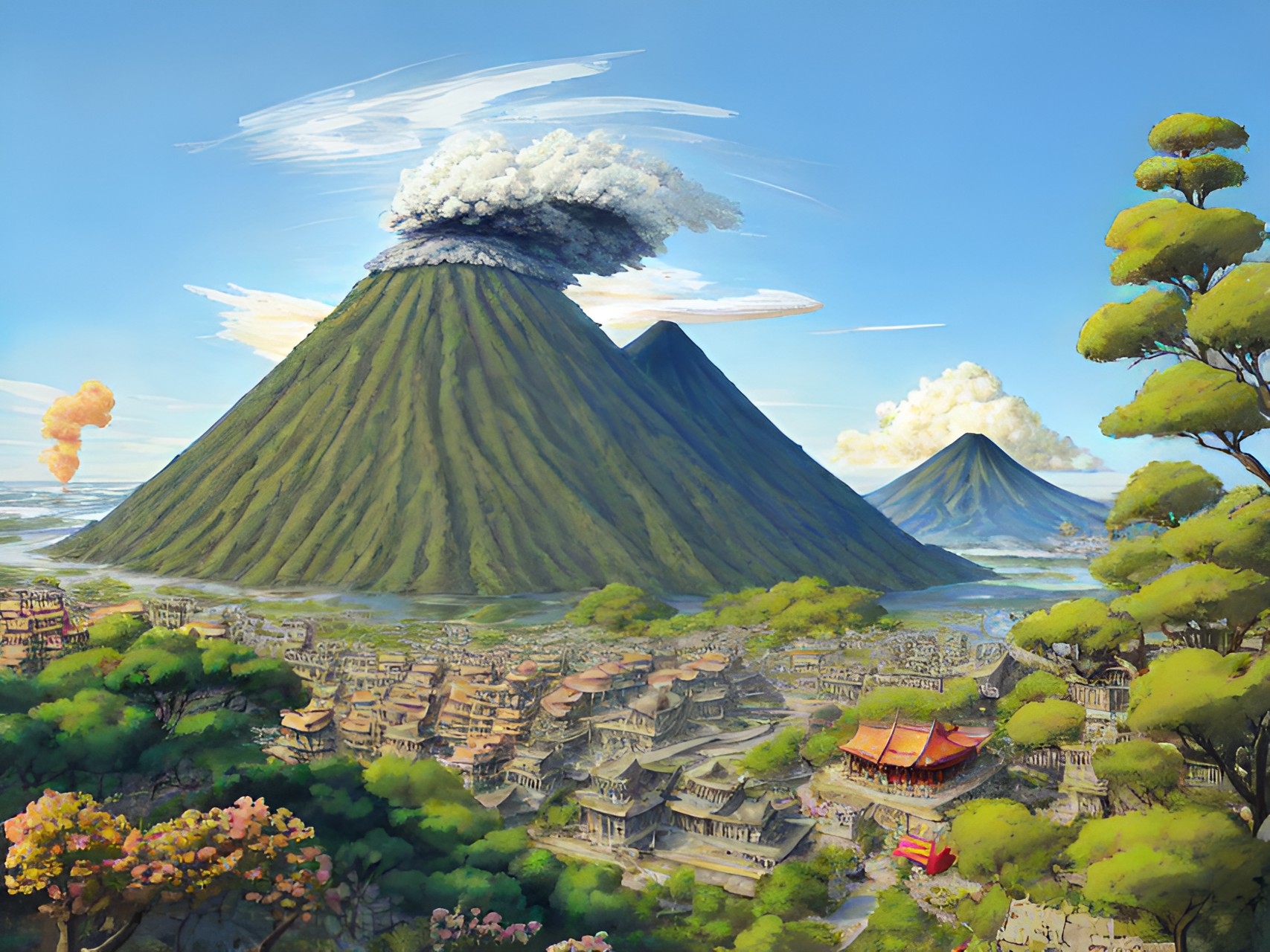
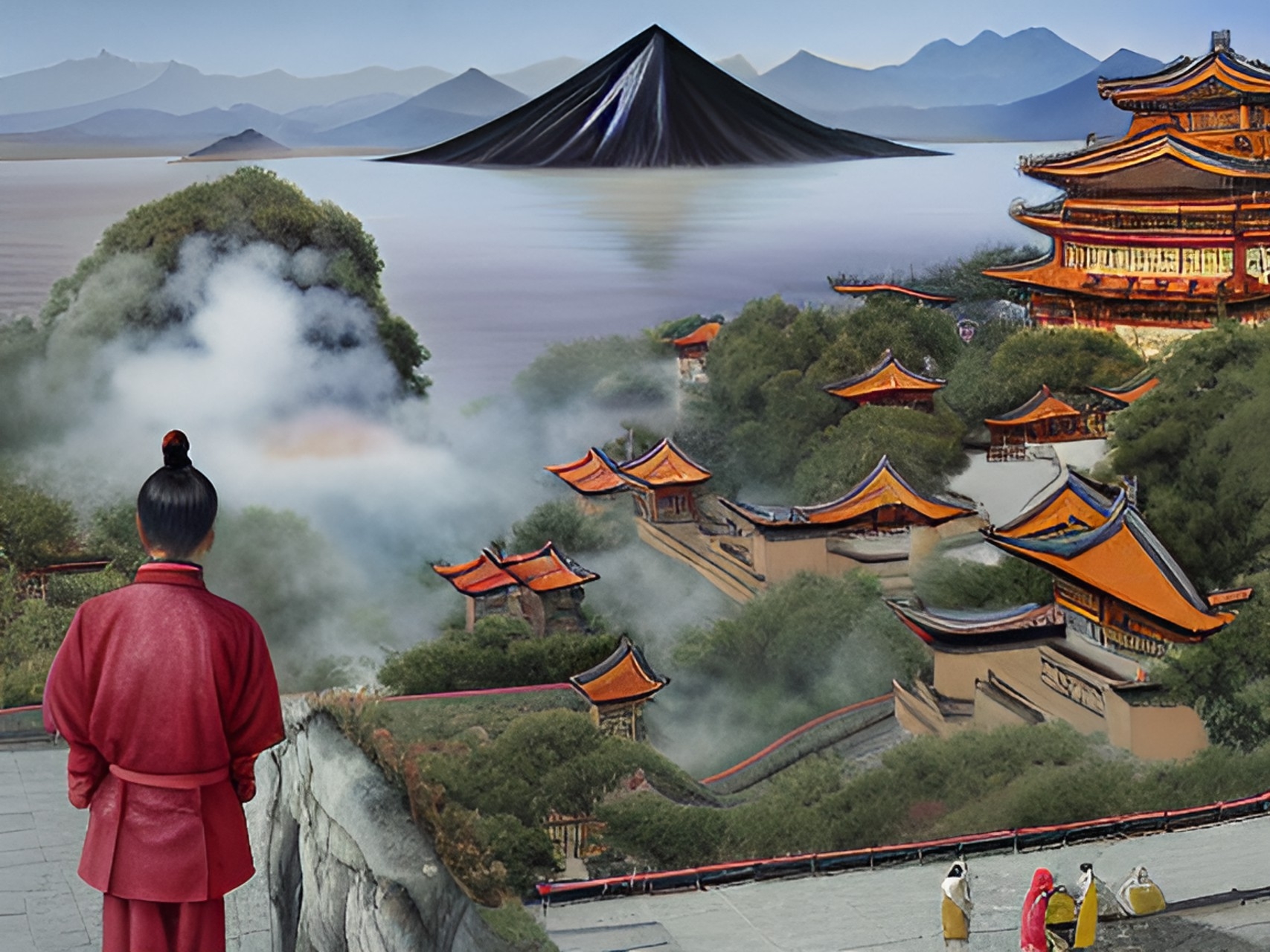
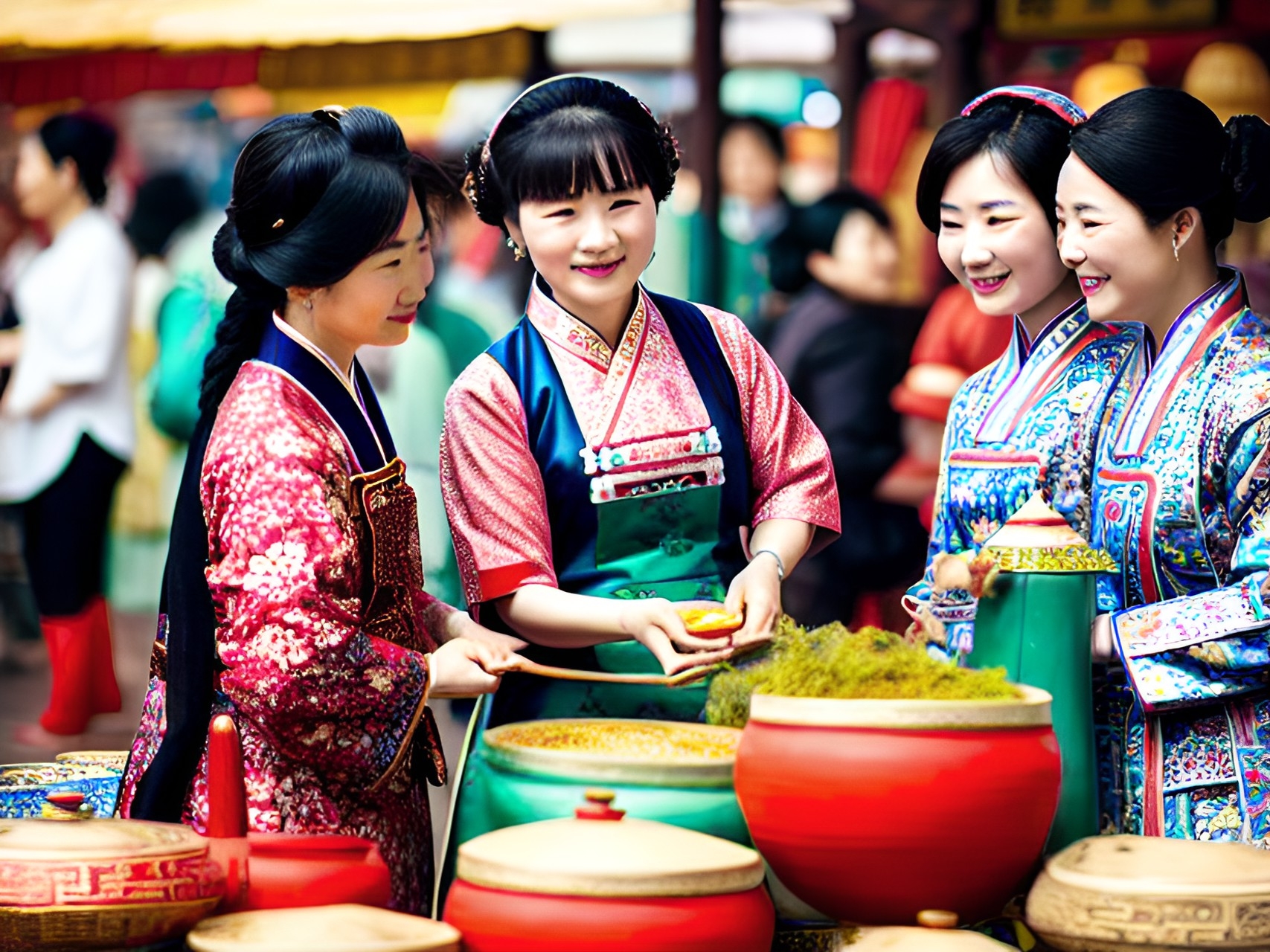
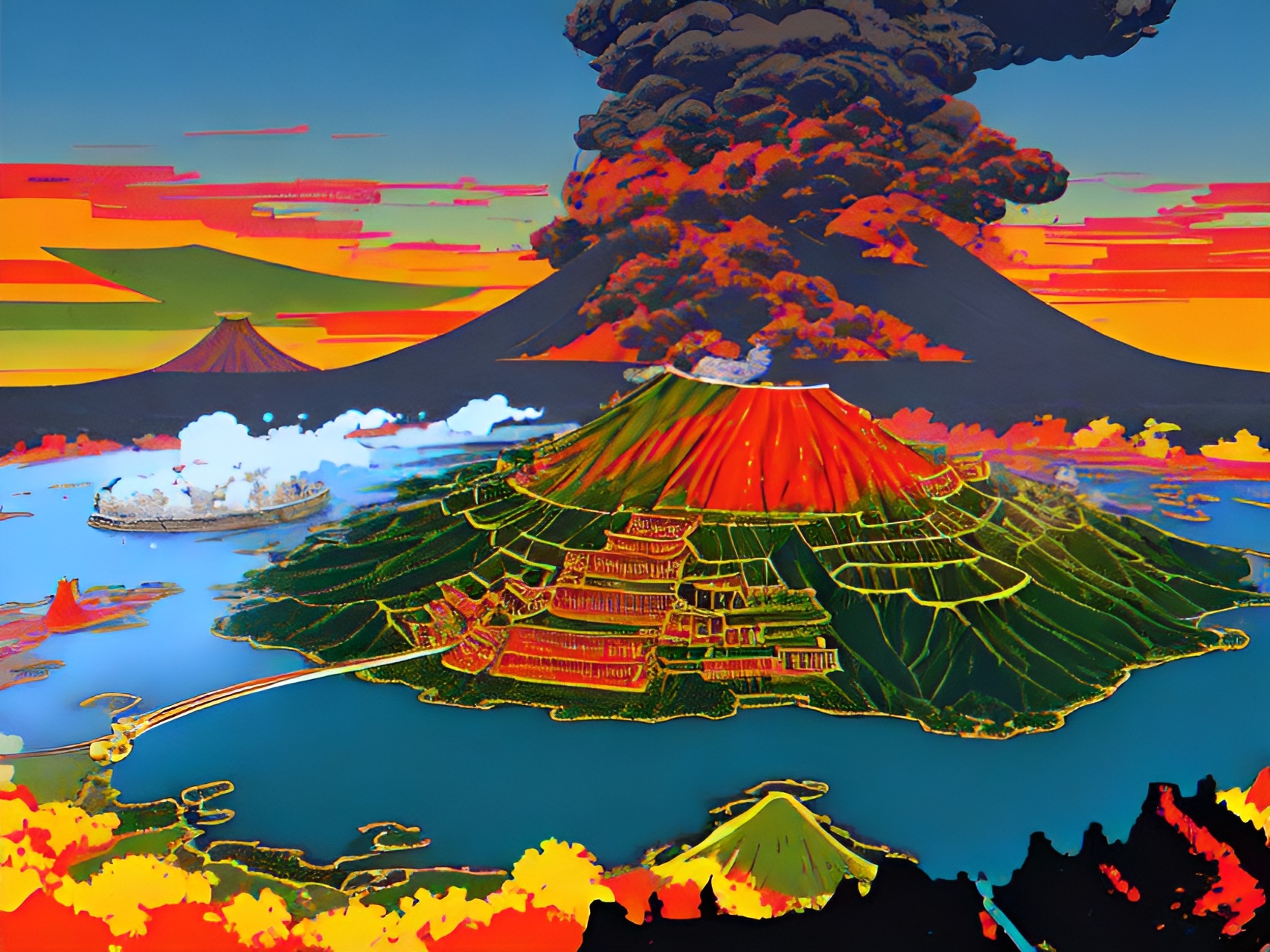
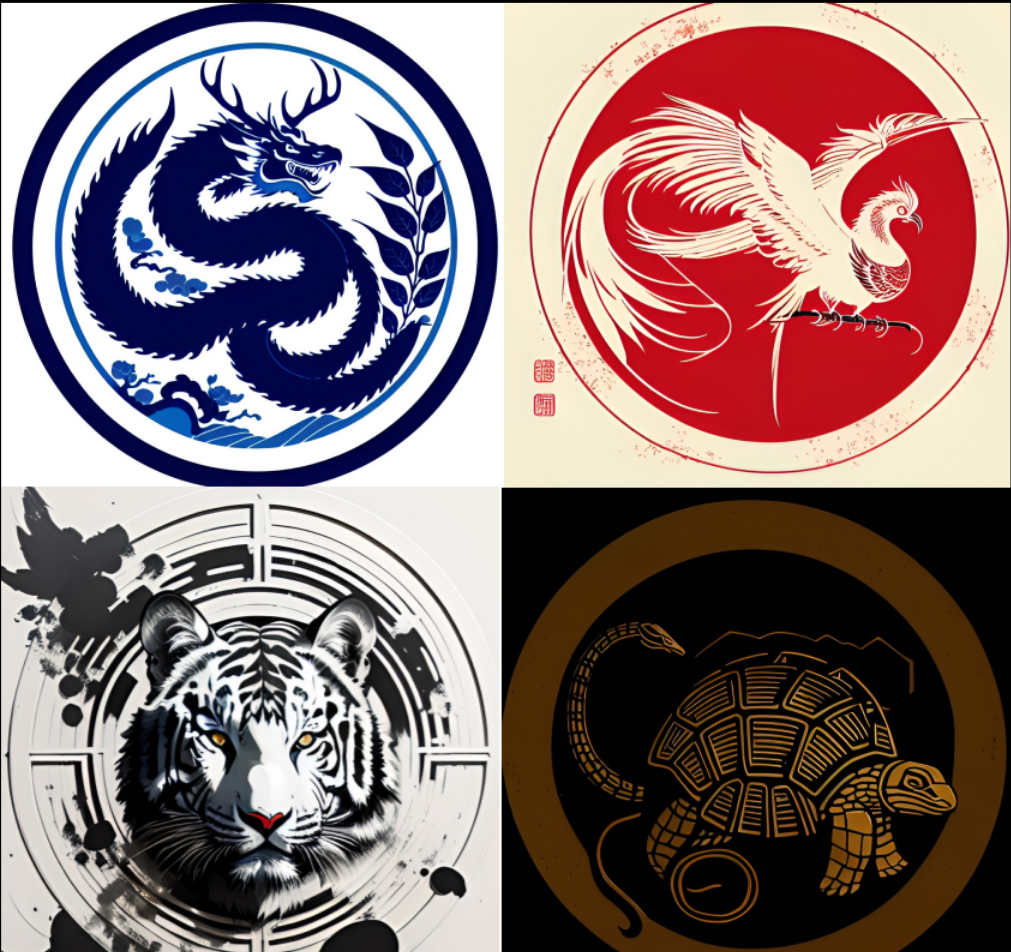
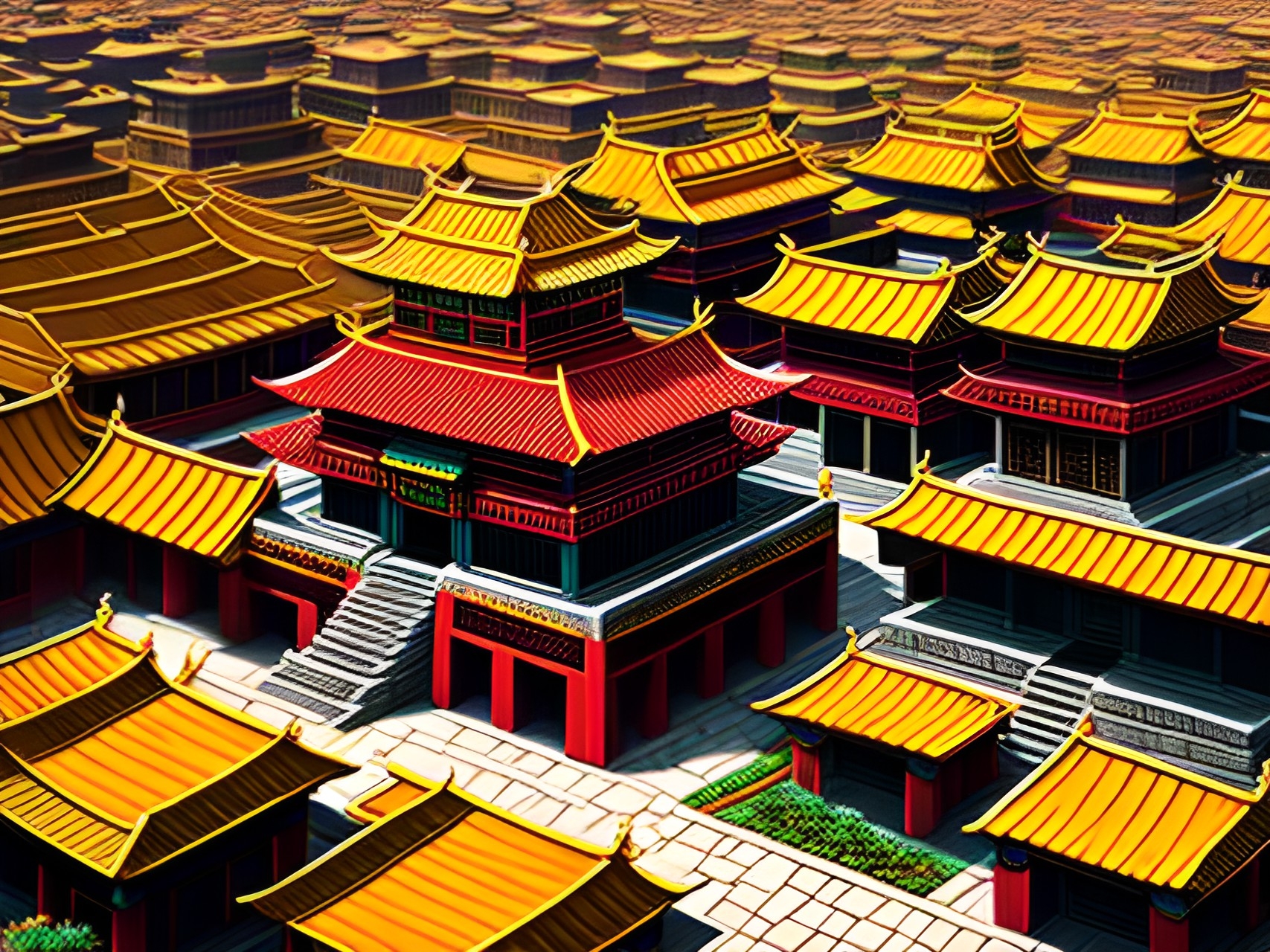
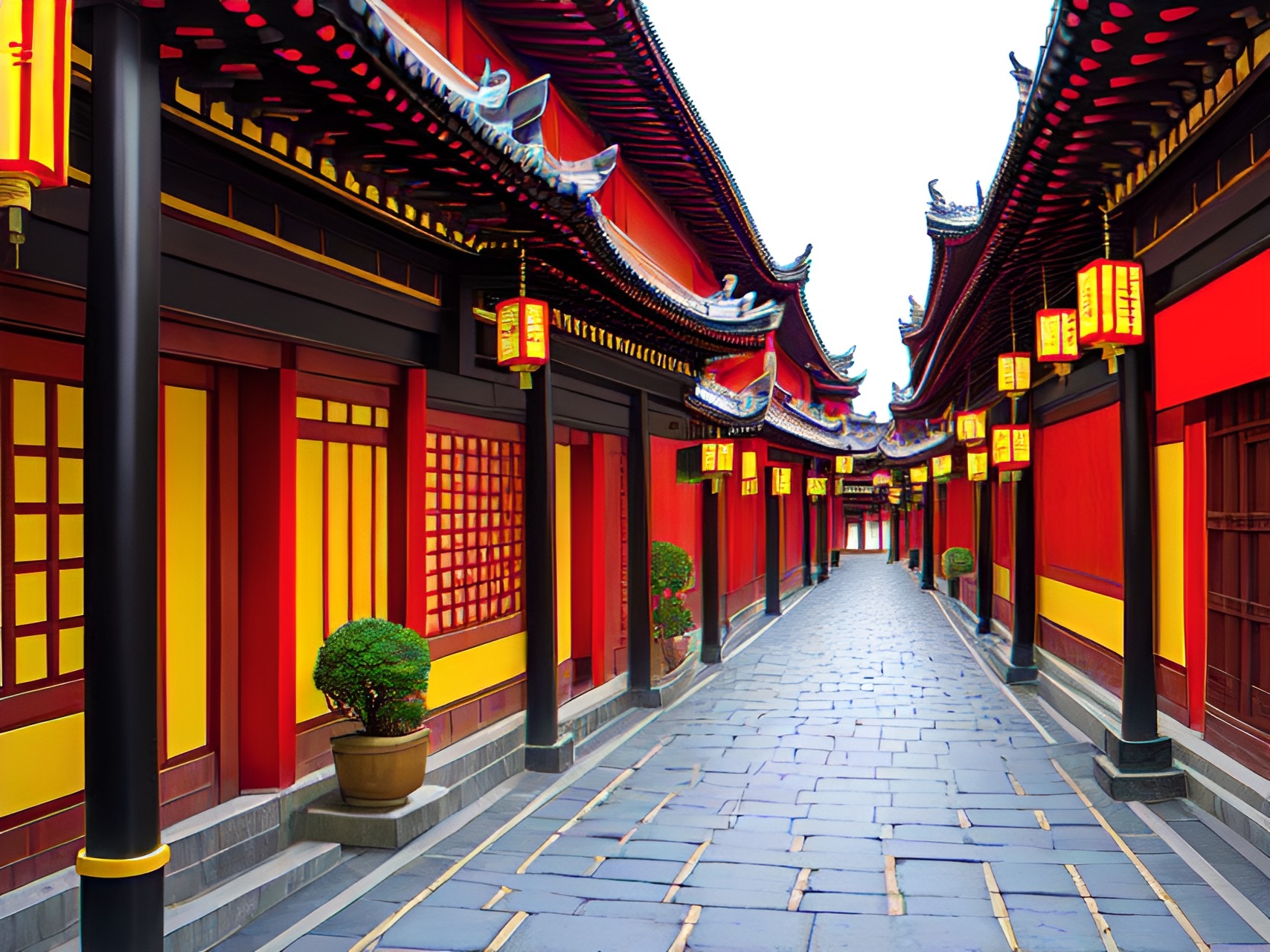
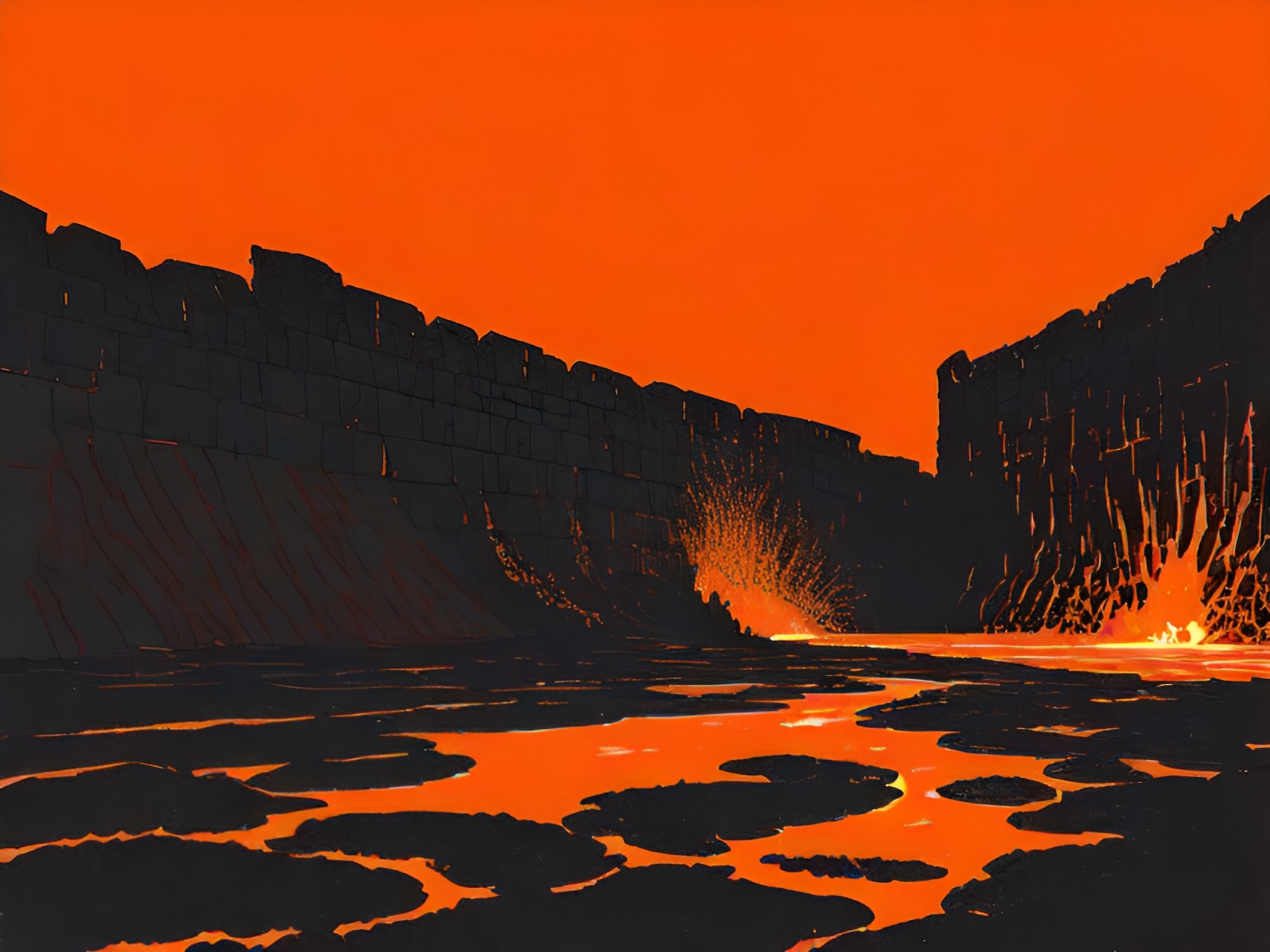
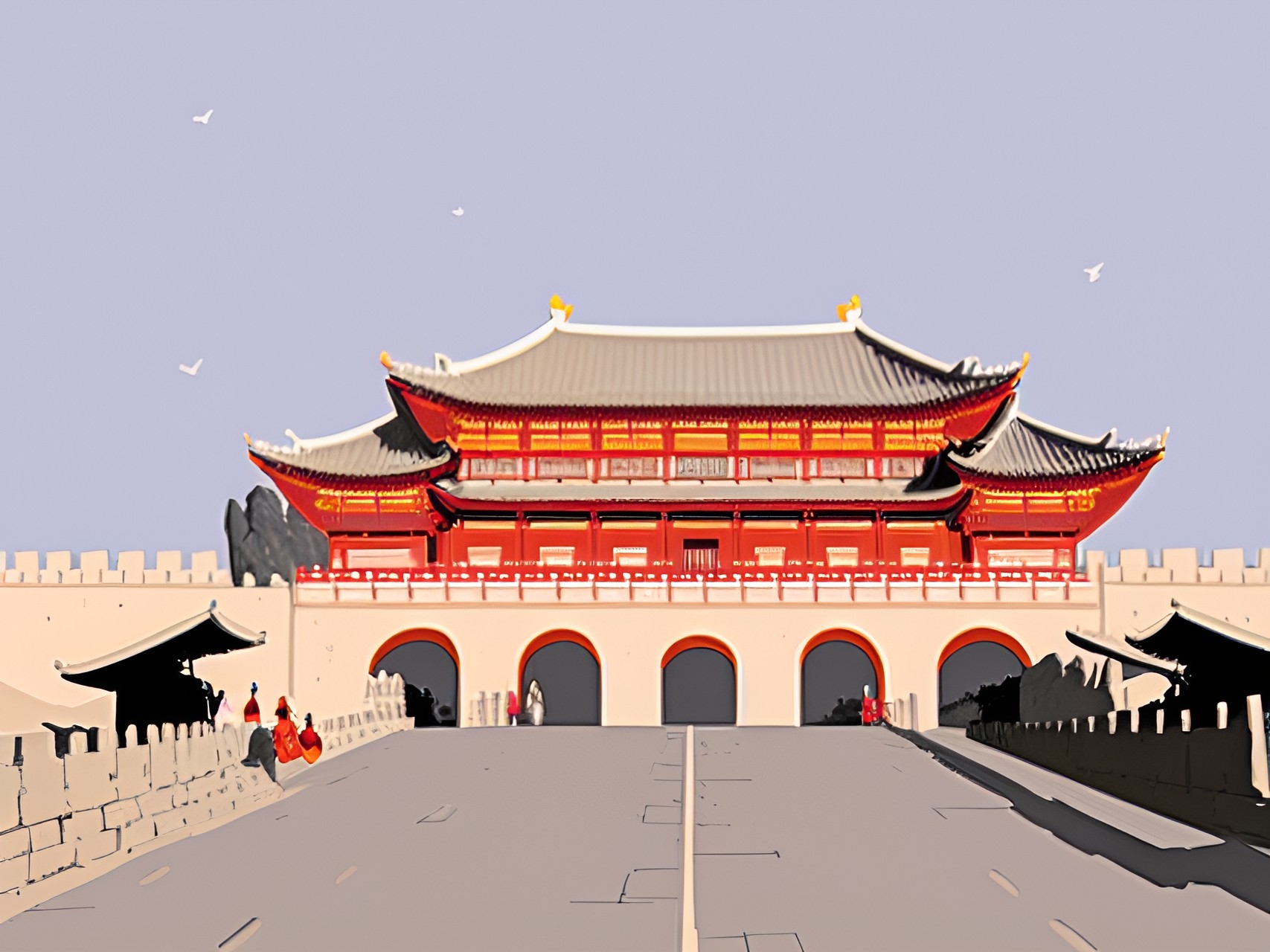
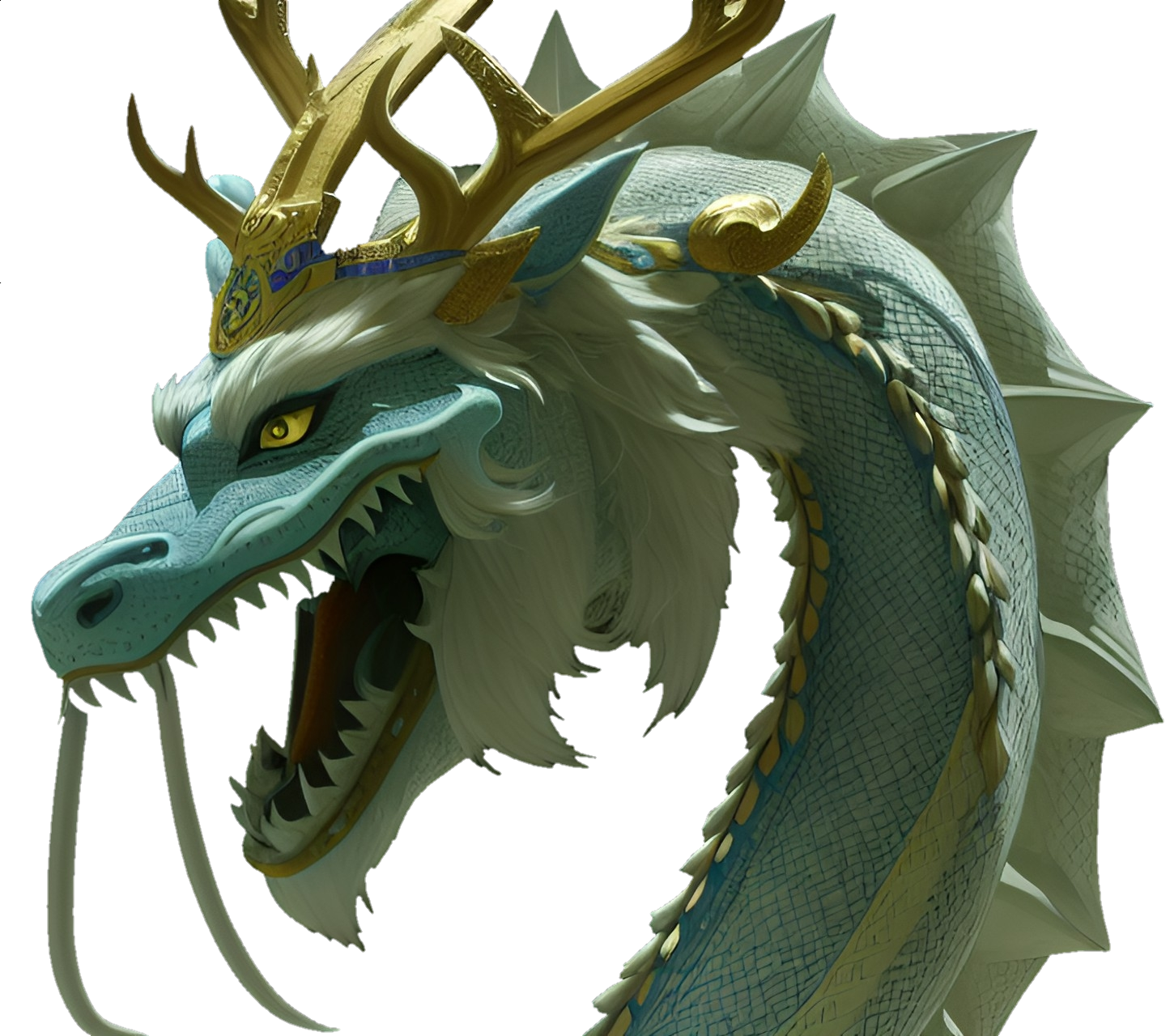


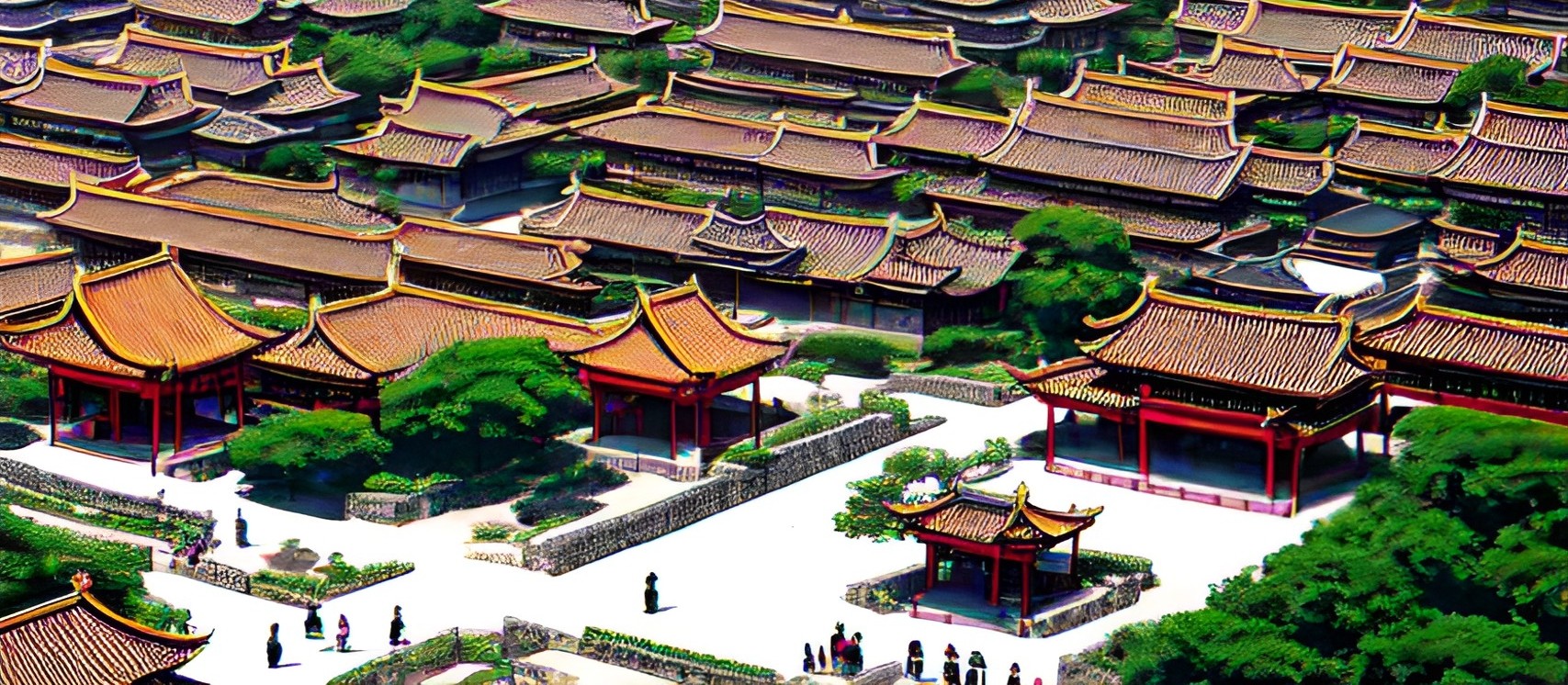
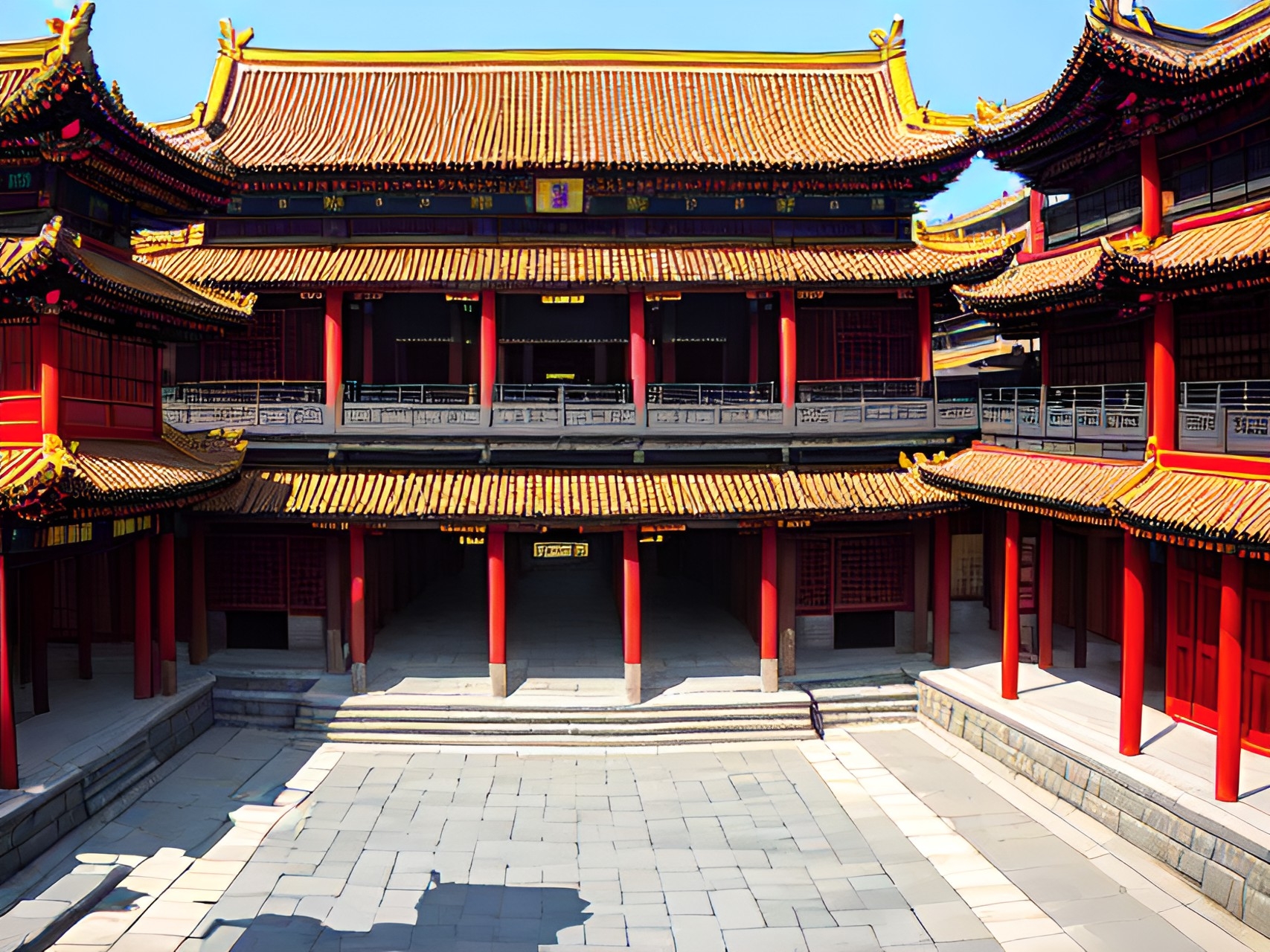
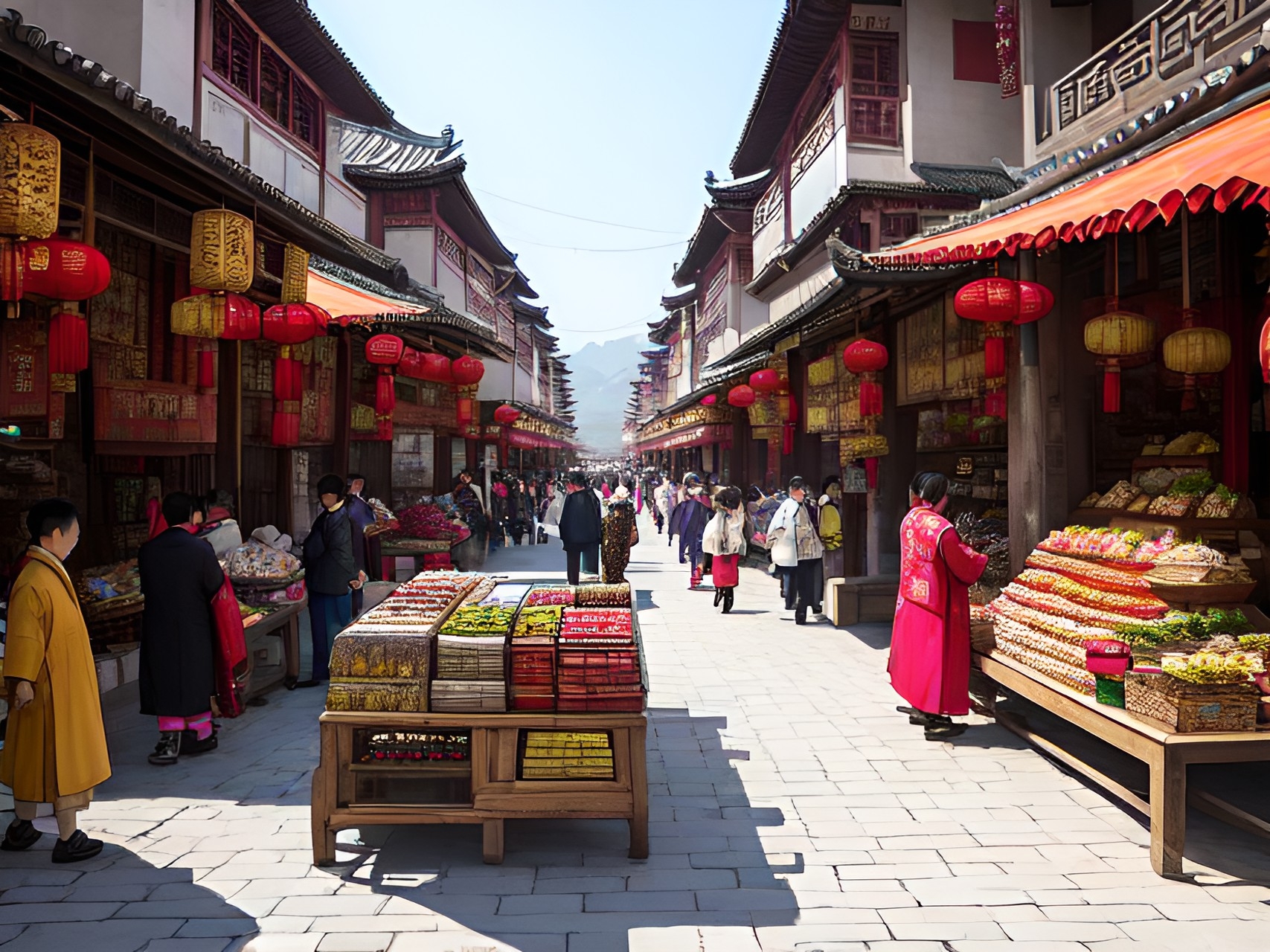
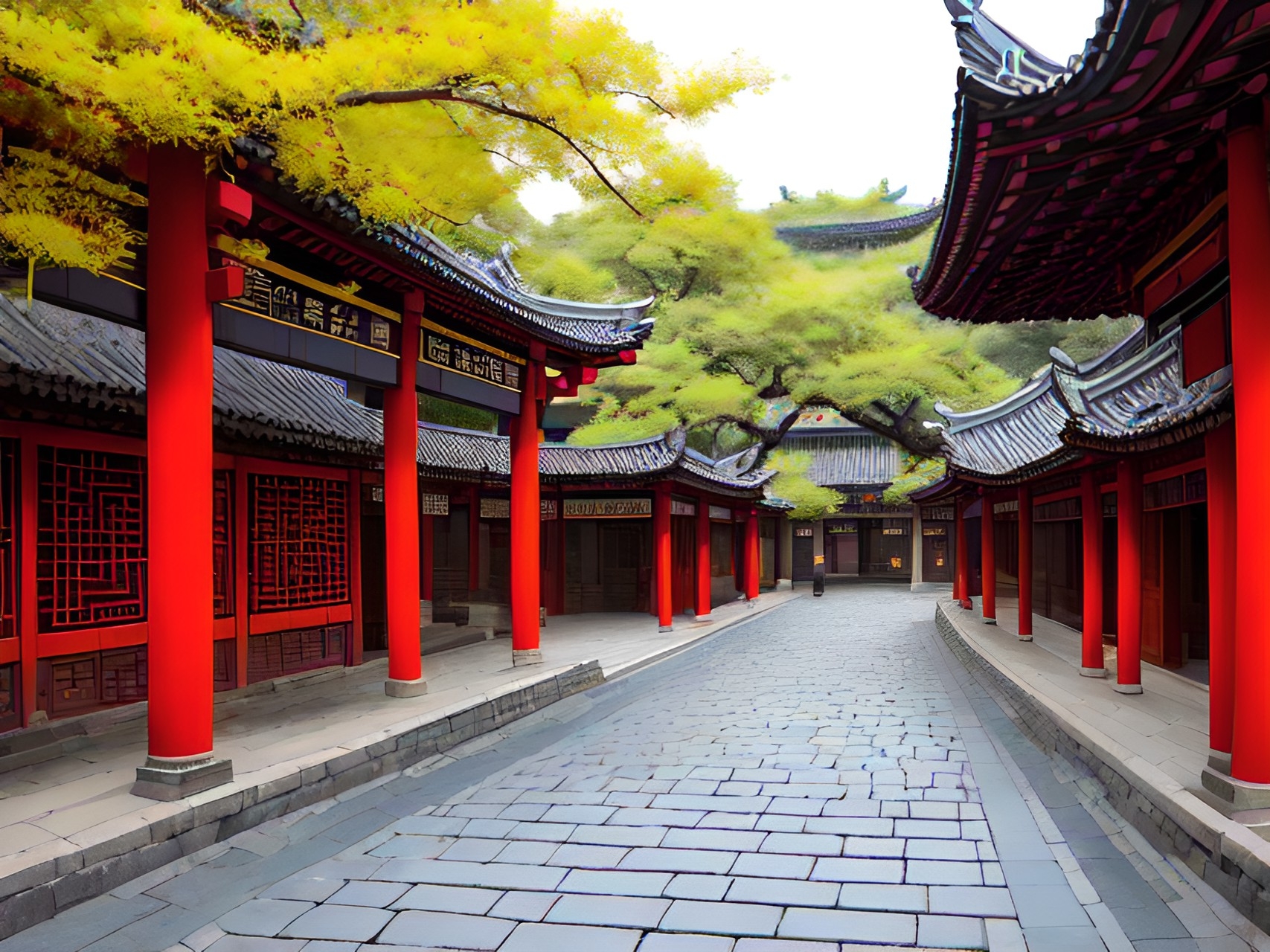
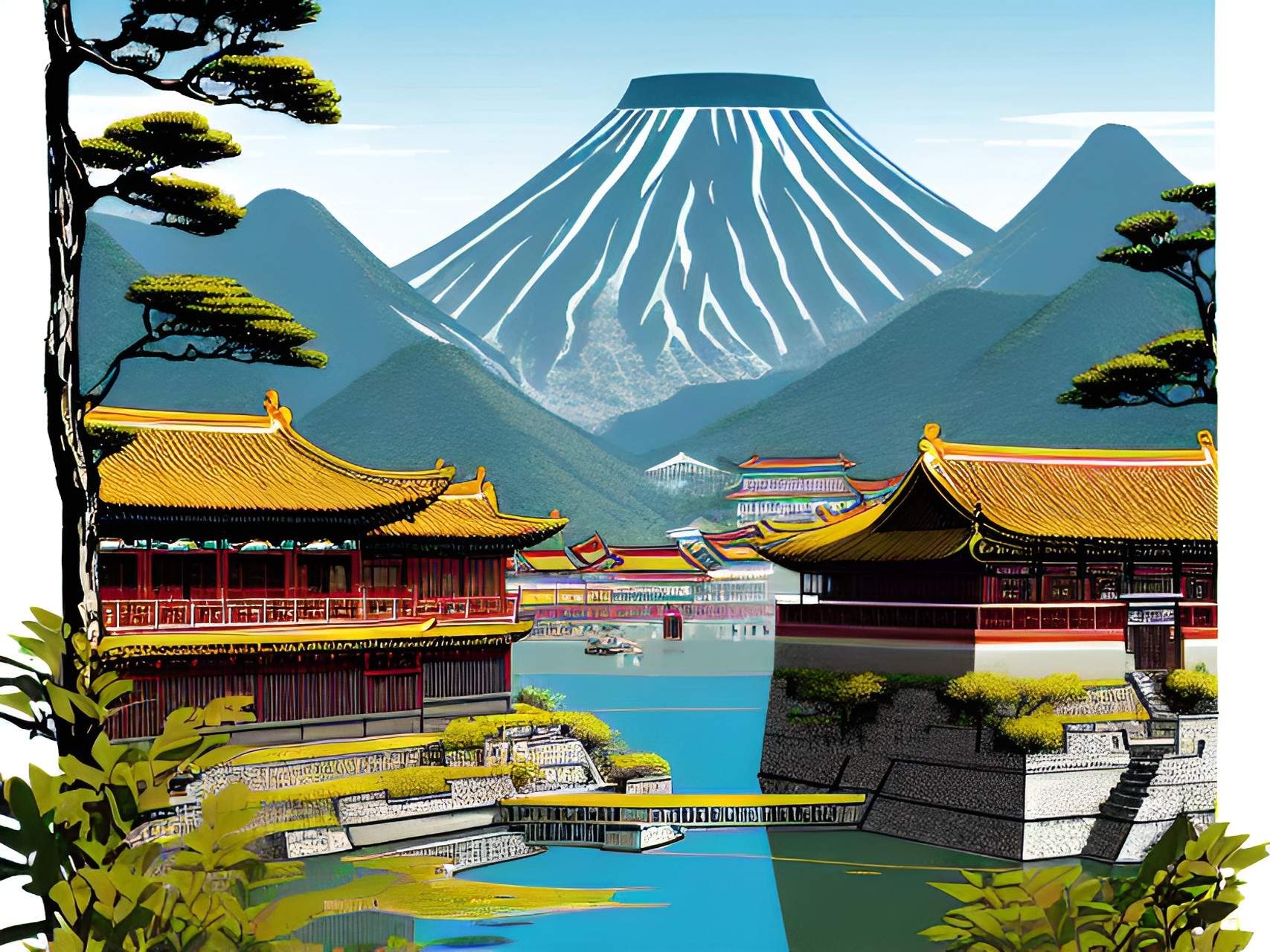
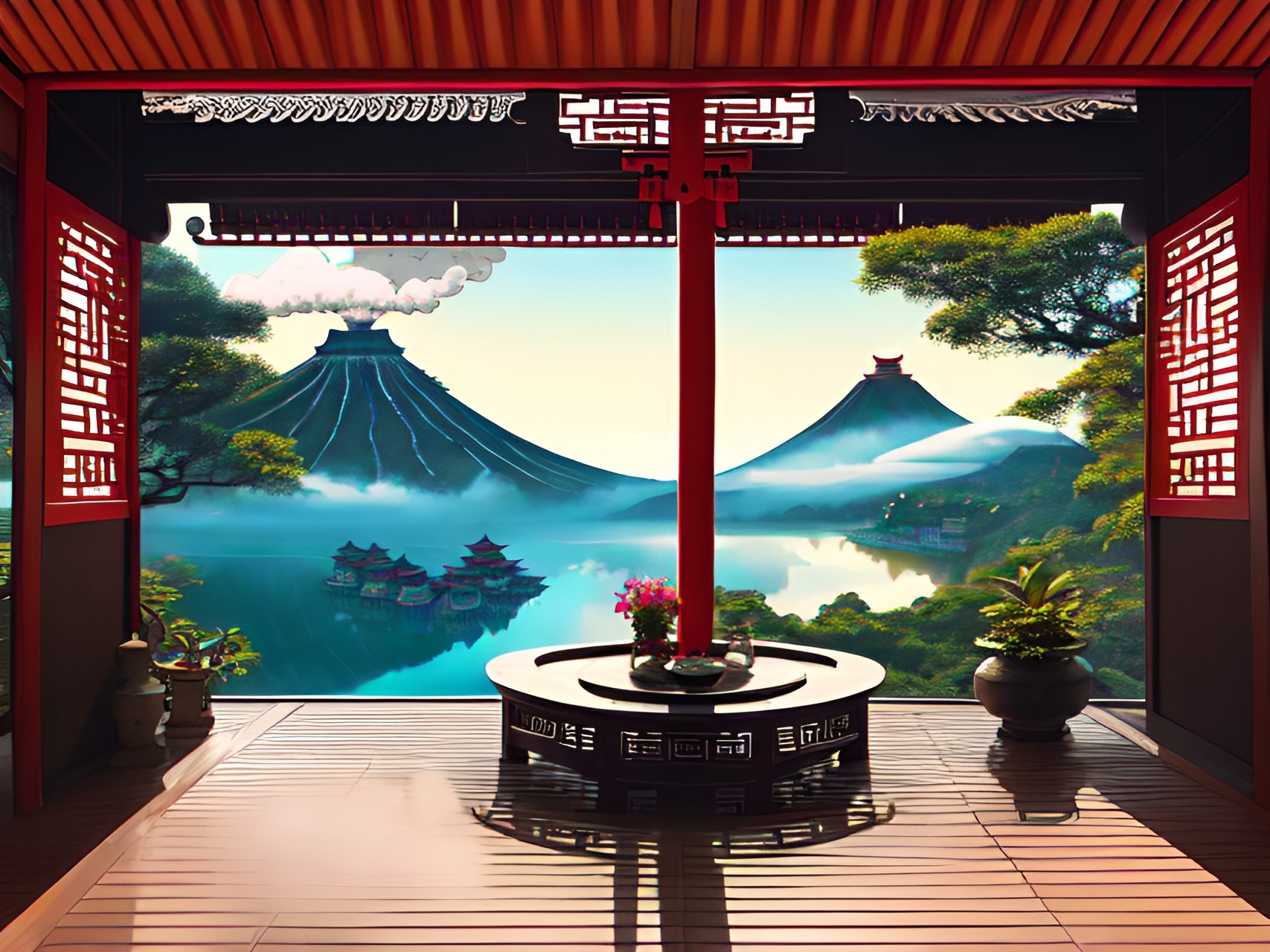
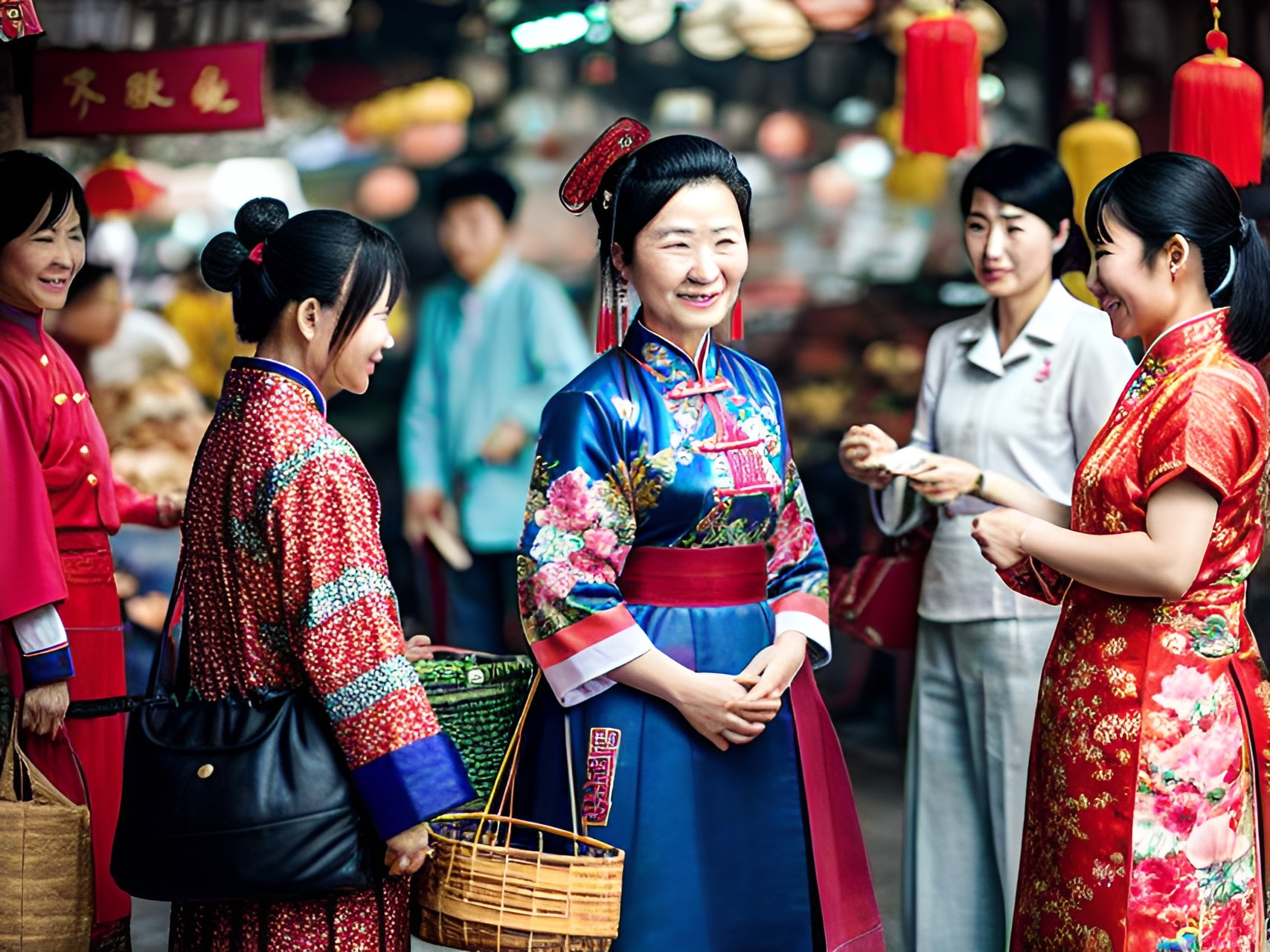
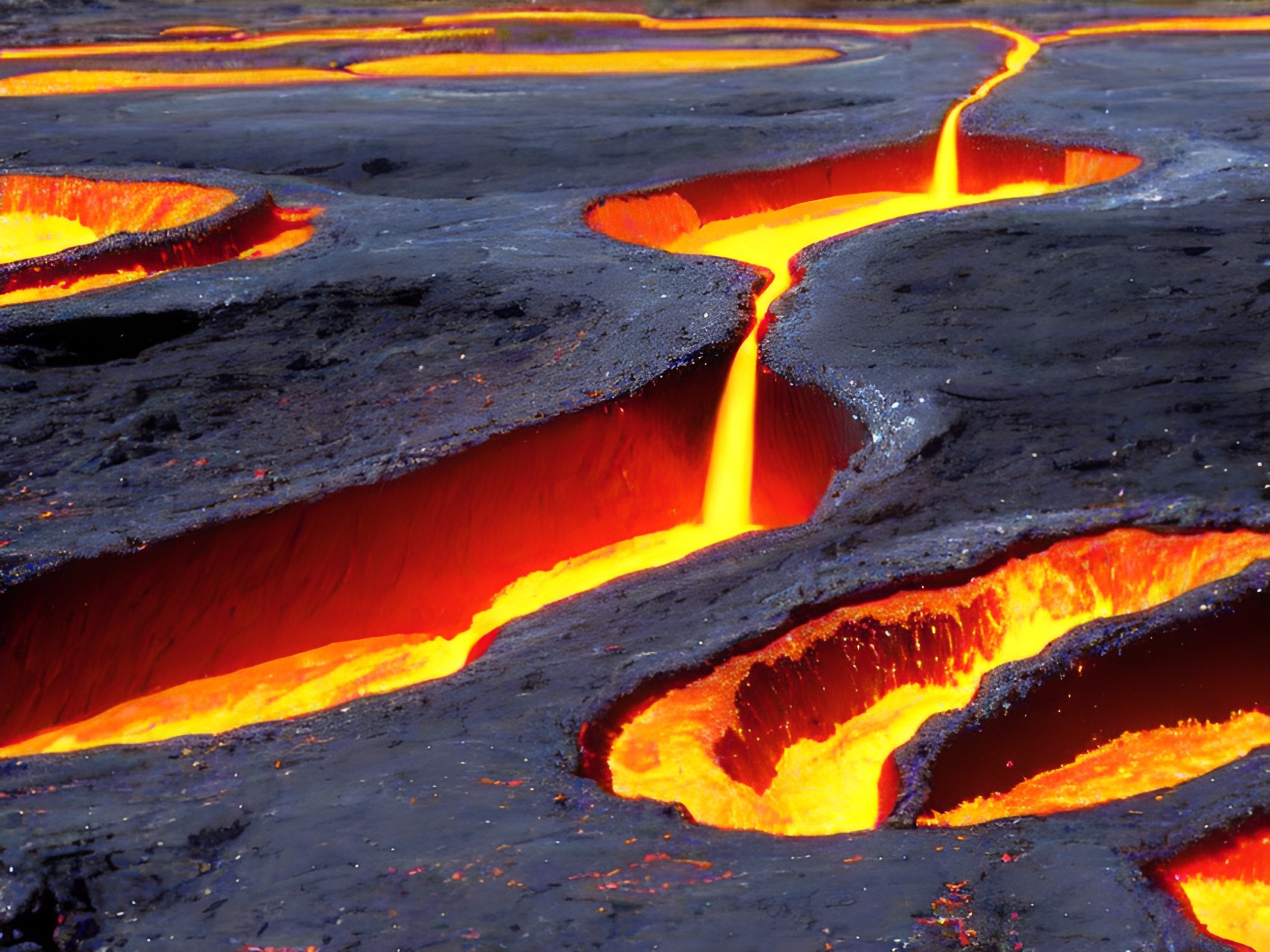
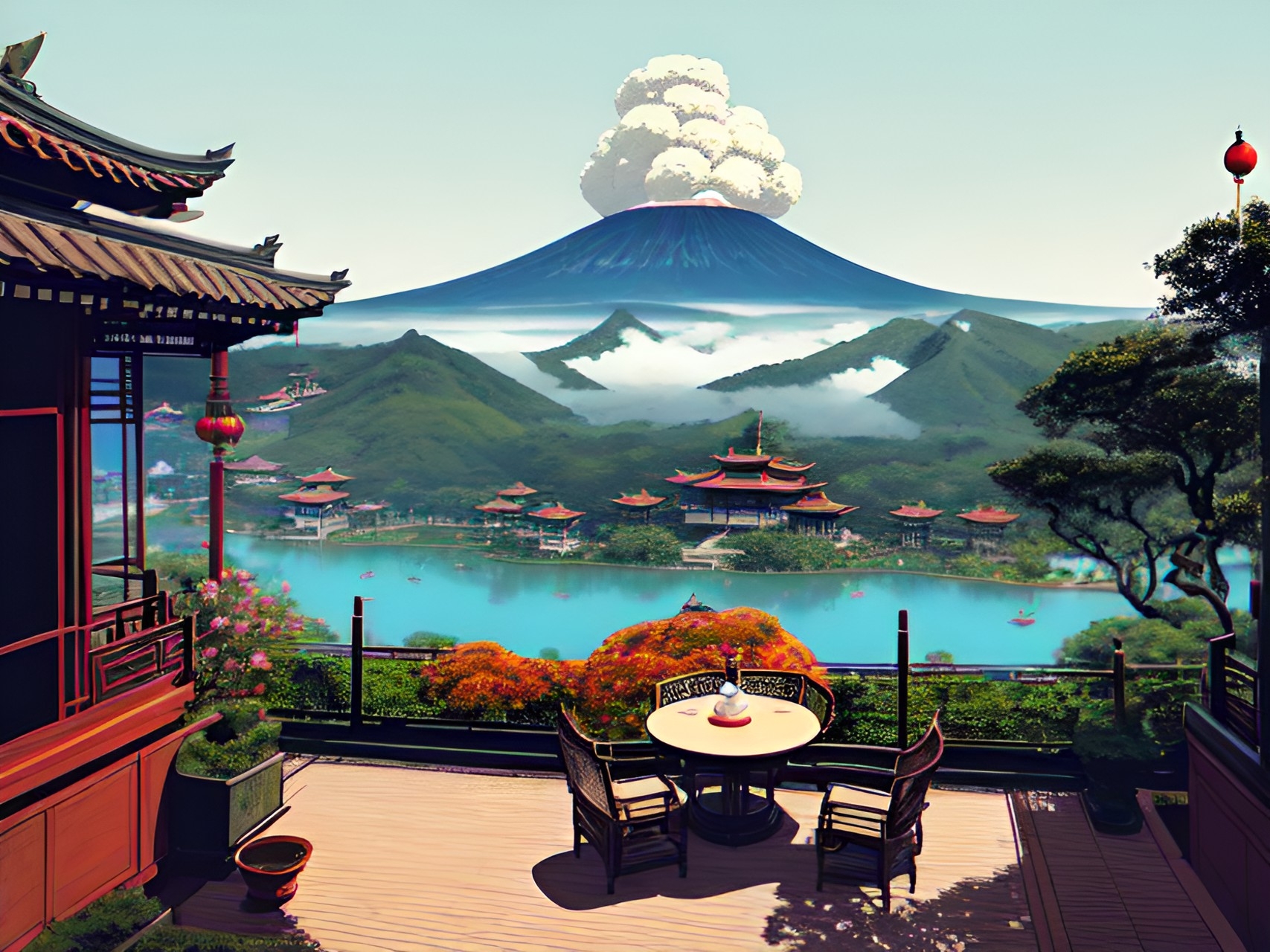



Comments